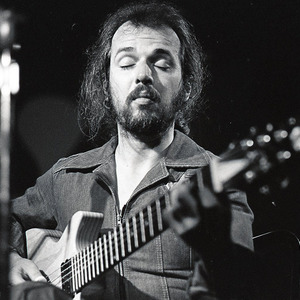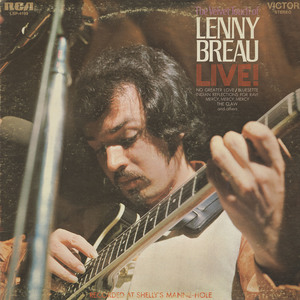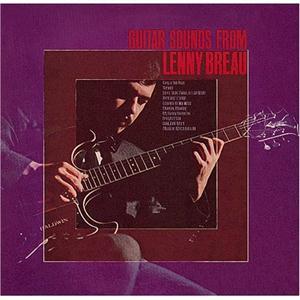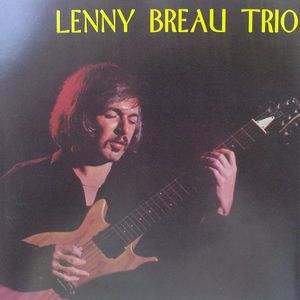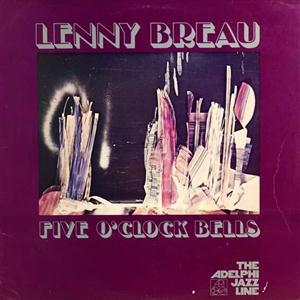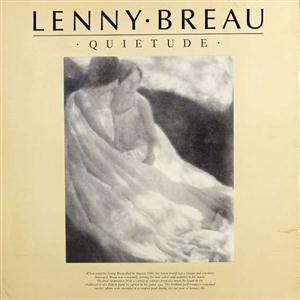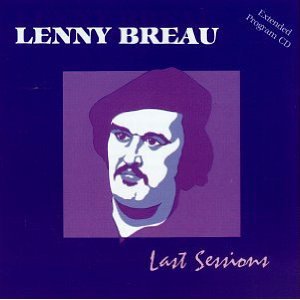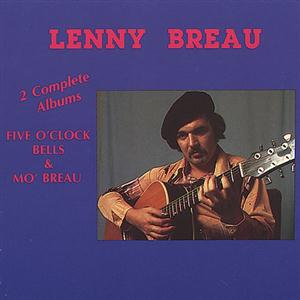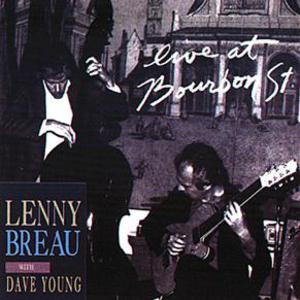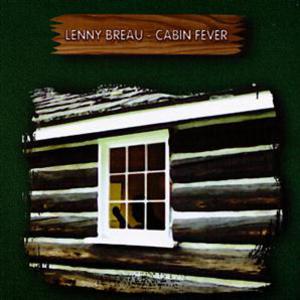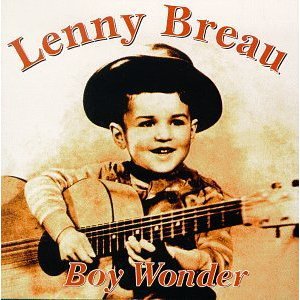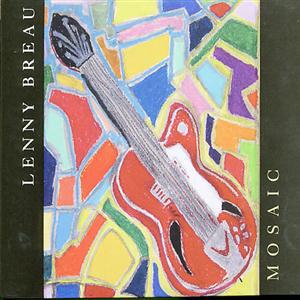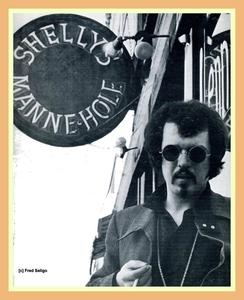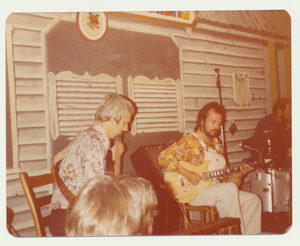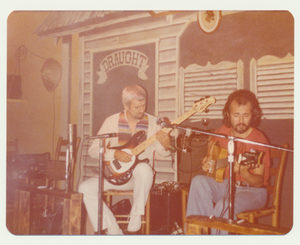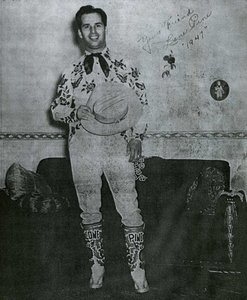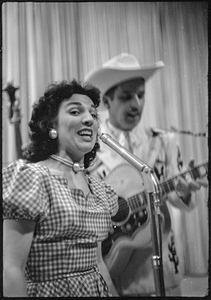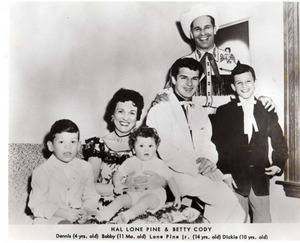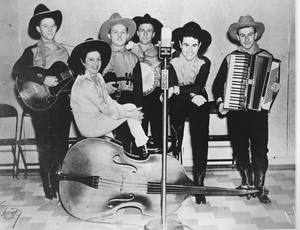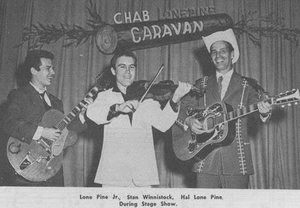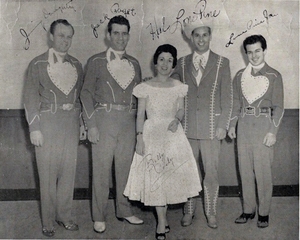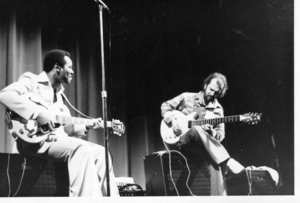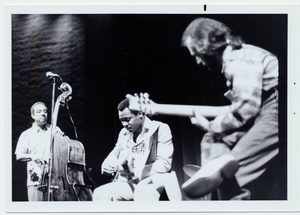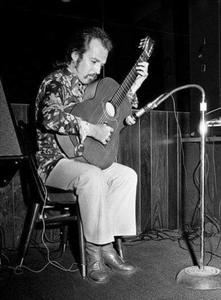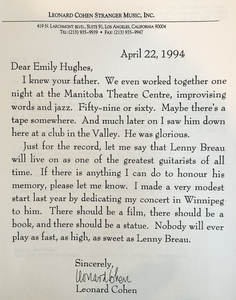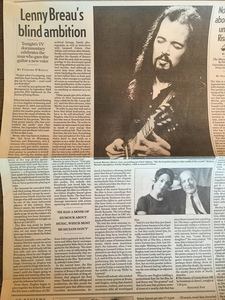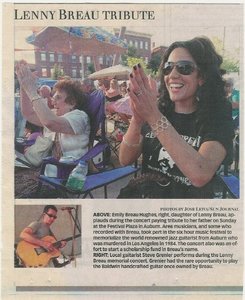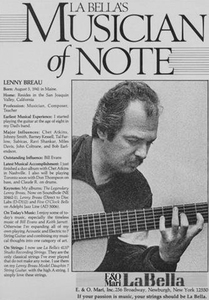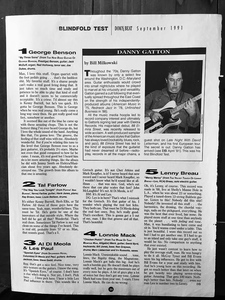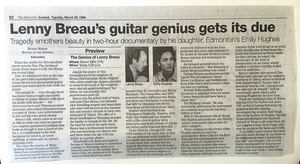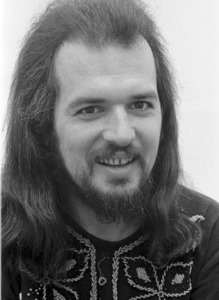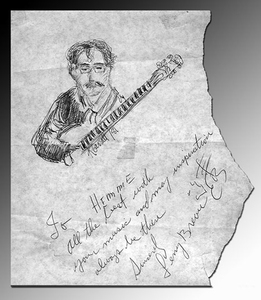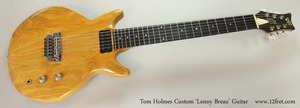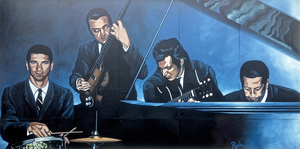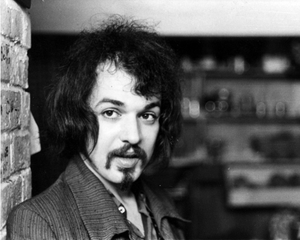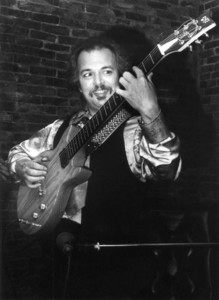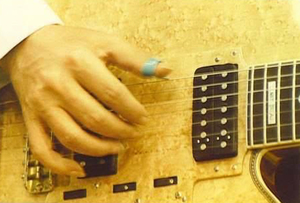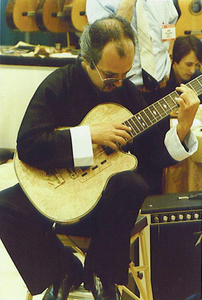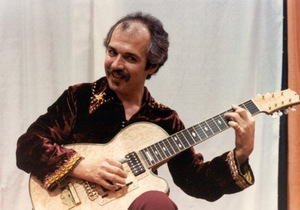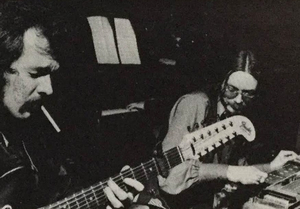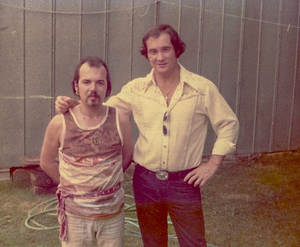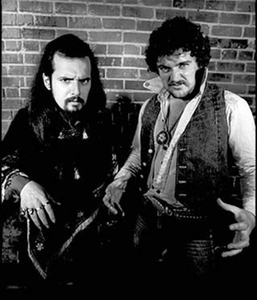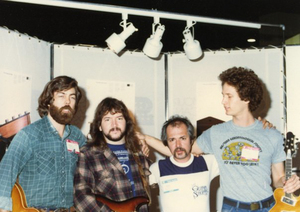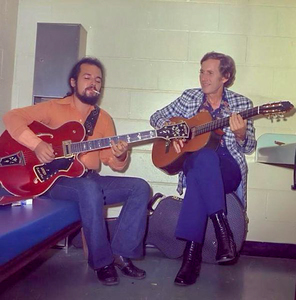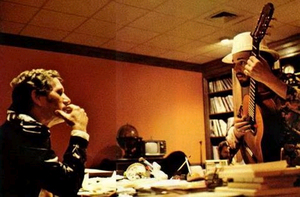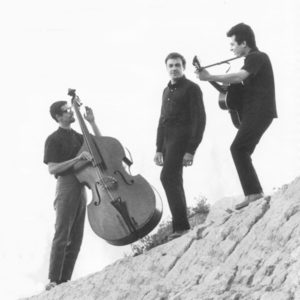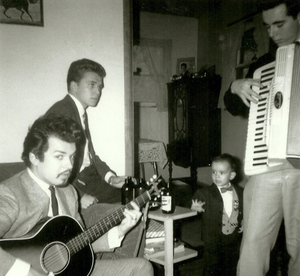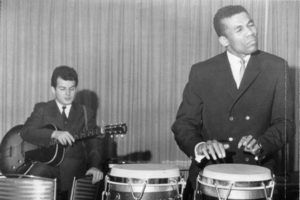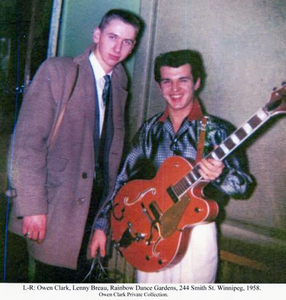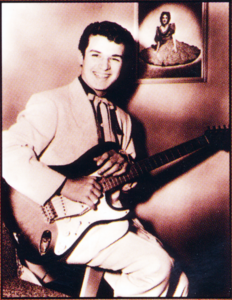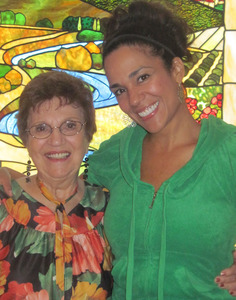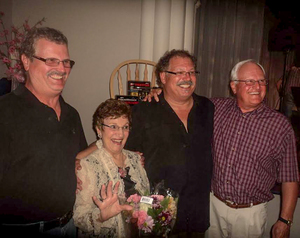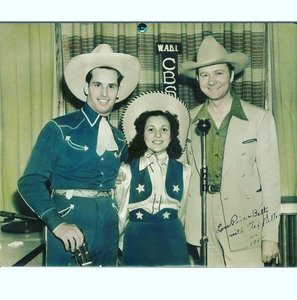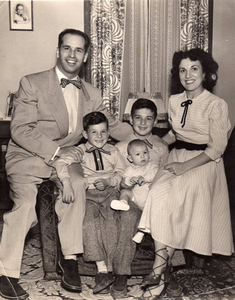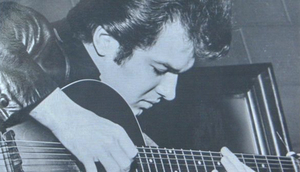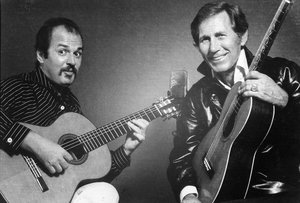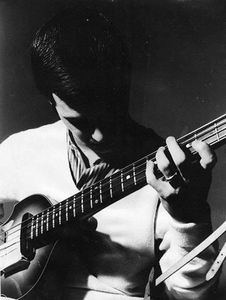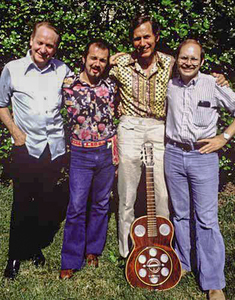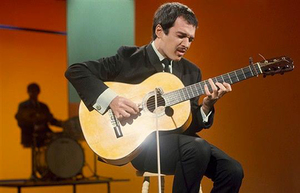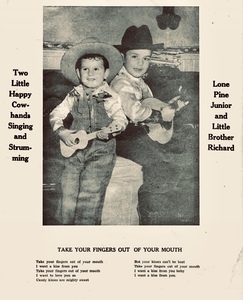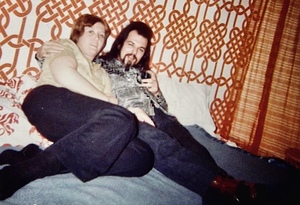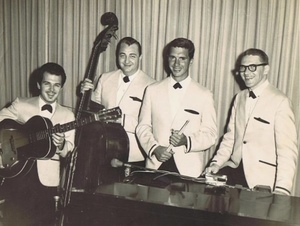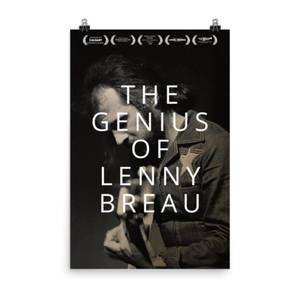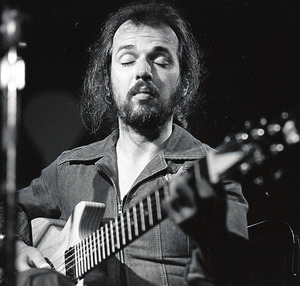Breau, Lenny
Websites:
http://www.lennybreau.com/
Origin:
Auburn, Maine, 🇺🇸 - Winnipeg, Manitoba - Toronto, Ontario, 🇨🇦
Biography:
Lenny (Leonard Harold) Breau. Guitarist, singer, composer, b Auburn, Me, 5 Aug 1941, d Los Angeles 12 Aug 1984. His parents, the country singer Hal 'Lone Pine' Breau (b Harold John Breau in Peacove, Me, 1916, d USA 1977) and the yodeler Betty Cody (b Rita Coté, Auburn, Me), lived in the Maritimes during the late 1940s and early 1950s and, after a US sojourn, in Winnipeg during the late 1950s. They were heard nationally on CBC radio and locally on CKCW (Moncton, NB), CFBC (Saint John, NB) and CKY (Winnipeg). 'Lone Pine' recorded for the Banff and RCA labels and composed such songs as 'I Hear the Prairies Calling' and 'Prince Edward Island Is Heaven to Me'.
Lenny Breau began playing guitar at 8 and first performed as 'Lone Pine Jr' with his parents at 12. He received informal guidance from various country guitarists and, in his late teens in Winnipeg, from the jazz pianist Bob Erlendson. (Randy Bachman of BTO later received similar help from Breau.) By 20 he had developed a widely-admired facility in jazz, country, flamenco, and folk styles.
Breau's adult life was nomadic, his career interrupted repeatedly by his battle with a drug addiction. He divided his Canadian years (ca 1958-75) between Winnipeg and Toronto, performing on the CBC (eg, the TV show 'Music Hop' from Winnipeg), in studio bands and in nightclubs and coffeehouses (eg, George's Spaghetti House and the Riverboat). Active in both pop music and jazz, he accompanied Peter Appleyard, Don Francks, Beverly Glenn-Copeland, George Hamilton IV, Gene MacLellan, Malka, Anne Murray, and others. His own jazz groups were completed by such bass/drum teams as Ron Halldorson and Reg Kelln, Don Thompson and Terry Clarke, Billy Meryll and Dave Lewis, and Michel Donato and Claude Ranger. The tenor saxophonist Ron Park was a member 1970-1 of a Breau quartet in Toronto.
In the USA, Breau lived in Nashville, Lewiston, Me, New York and Los Angeles, recording intermittently - usually in country or solo settings - and enjoying firsthand some of the reverence in which he was held by other guitarists. He returned on occasion to Canada - eg, to the Toronto club Bourbon Street, where he was recorded with Dave Young in 1983. His death by asphixiation was ruled a homicide.
From his early work in country music under the influence of Chet Atkins, Breau used a fingerstyle (as opposed to a plectrum style) that opened up melodic and harmonic possibilities not previously explored by jazz guitarists. To this he brought the influence of the jazz pianist Bill Evans and, further, endeavoured to replicate on guitar a pianist's capacity for simultaneous linear and chordal development. For all of its technical clarity and facility, though, his playing had an impressionistic drift - latterly he was known to carry a Renoir print in his guitar case for inspiration - and an underlying lyricism. His mastery and refinement of chime-like harmonics have been emulated by many other guitarists. Breau described his techniques in a series of columns published monthly 1981-2 and intermittently thereafter in Guitar Player (Saratoga, Cal).
Breau recorded several of his own compositions - some of them very casually conceived - including Taranta, Spanjazz, Lone Pine, Five O'Clock Bells, and a variety of blues themes. He was seen in the NFB production Toronto Jazz (1962), the CBC profile One More Take (1968) and the US documentary Talmadge Farlow (1981).
http://www.thecanadianencyclopedia.com/articles/emc/lenny-breau
